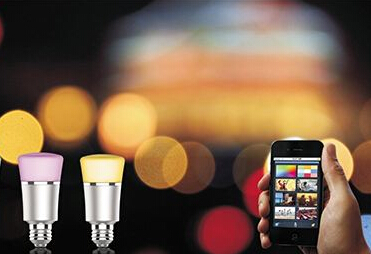Difficulty in landing is a common problem faced by the smart home industry. Consumers' awareness and acceptance of "whole house smart" upgrades are not high. Many companies choose to cut through smart single products and try to seize the entrance to the smart home ecological layout with single products .
From voice-controlled smart speakers to “smart screens” that integrate multiple interaction modes such as voice and touch, items that are caught in the battle for the entry of the smart home are always yours. However, compared to the "hundred box battle" set off by smart speakers, the "smart screen" fight between mobile phone manufacturers and home appliance manufacturers, as an important part of the intelligent ecology of the intelligent lighting track, seems a bit deserted.
For a long time, has smart lighting, an intelligent connected entrance, been underestimated by the industry?
The pain points of intelligent lighting still exist, and the selling items gradually turn to selling solutions

Driven by the Internet of Things and big data technology, the traditional lighting industry has ushered in a wave of intelligent upgrades. According to the data from the LED Industry Research Institute (GGII), the size of China ’s smart lighting market in 2018 reached 38.7 billion yuan, an increase of 46.6% year-on-year. .
In contrast to the rapidly growing market size, there are still many pain points in the intelligent lighting industry. The author visited a home furnishing store in Beijing and observed that the intelligent lighting equipment currently provided by lighting stores, including Op Lighting and Philips, is still based on isolated items.
Compared with traditional lighting equipment, this type of product can achieve remote dimming and color adjustment through APP, and is not smart in terms of interaction. At the same time, compared with traditional lighting fixtures, the price of such products is generally high.
Many dealers said that the current market acceptance of smart lighting equipment is not high, because the manufacturers at the current stage of the bargaining power of smart modules, sensors and other related components are weak, product pricing is high, most consumers Those who are unwilling to pay a product premium of around 30%.
















 RCCN WeChat QrCode
RCCN WeChat QrCode Mobile WebSite
Mobile WebSite







